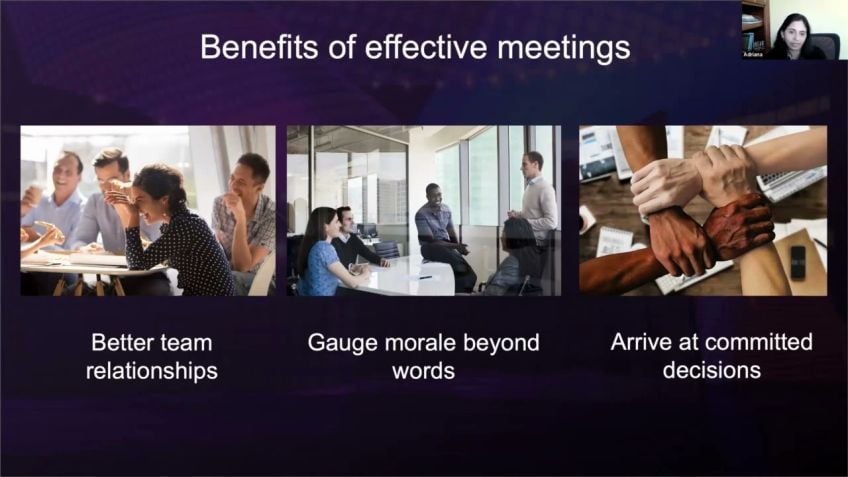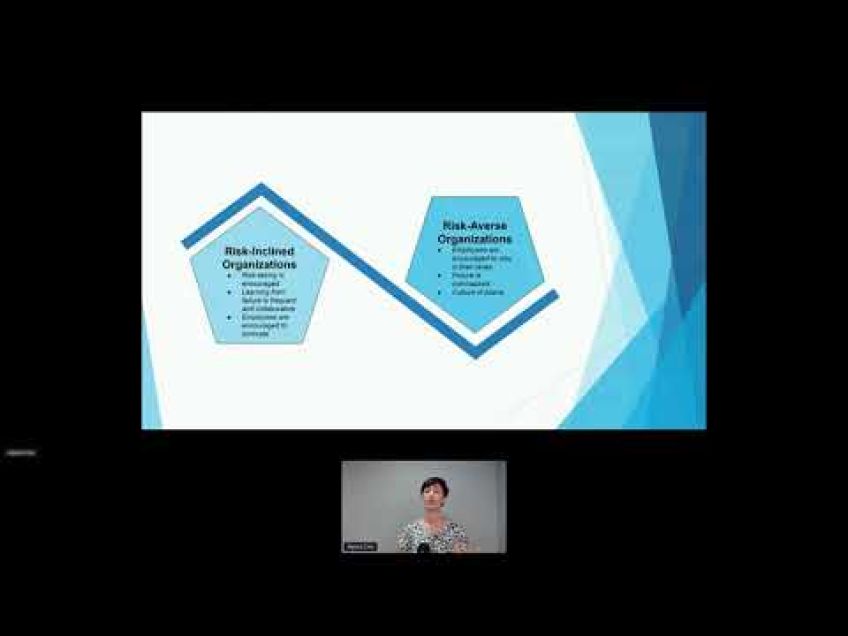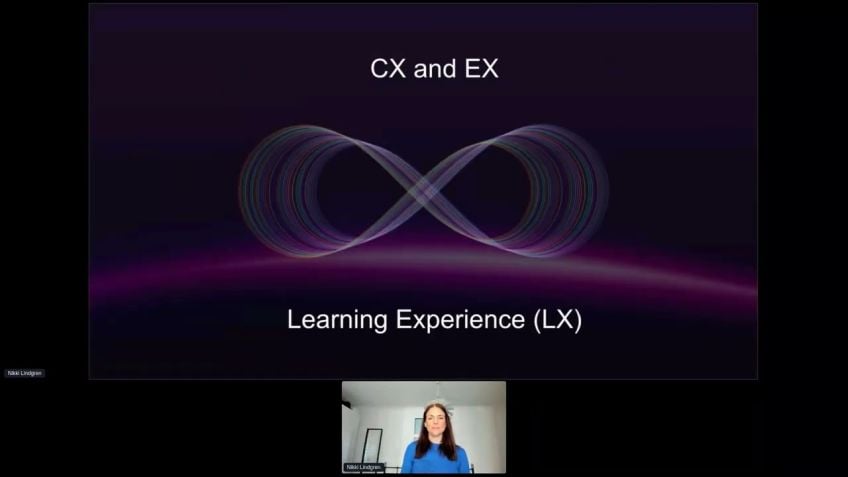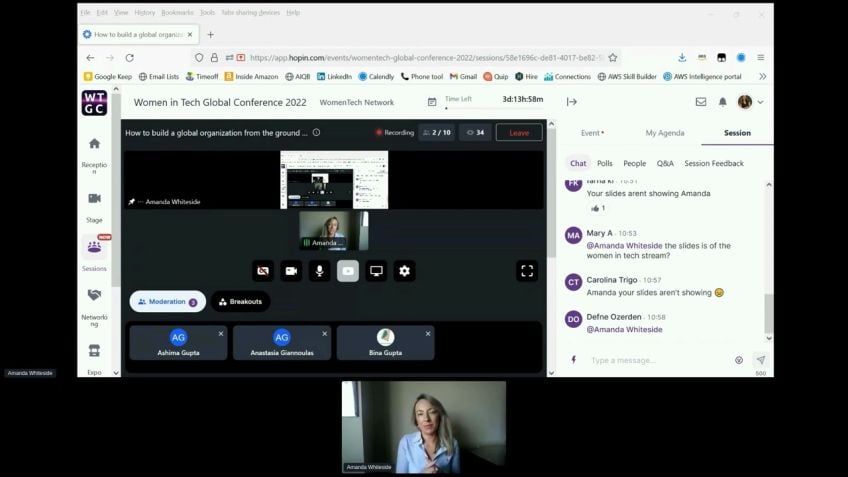Kariz Matic - Data-Driven Approach to Program Success
Managing Programs Successfully: A Comprehensive Guide
The dynamics of business operations often involve constantly changing drivers, objectives, and priorities. Regardless if you're overseeing a marketing team, managing back-office operations, or leading technological development programs, it requires an agile approach to keep up with these shifts. So, how do you build uncertainty into your plans and ensure program success? The secret lies in mastering the essentials of data, objectives and tools. This article outlines a basic framework to help you efficiently organize your data, refine your objectives, and choose the right tools to achieve efficiency and agility in your programs.
The Power of Data
At its core, data is organized information that guides and refines your work. Without this organization, data descends into chaos and gives inconclusive insights. The key to deriving value from data lies in how it is organized. This allows you to identify trends and glean insights crucial to your programs' success. Embrace the art of organizing, re-organizing, and asking a multitude of questions. This iterative process will eventually lead you to the insights you need.
Defining Program Objectives
When referring to a "program," we mean a collection of work that fulfills a specific objective. Clearly laid out and prioritized objectives are critical for success. Borrow some project management principles based on time, scope, and budget to refine your objectives, and constantly ask yourself questions to stay aligned with these objectives.
The Integral Components of Tools, Processes and Skills
To achieve program success, three components are essential: tools, processes, and skills.
- Tools: They create the environment supporting your work, whether it’s hardware, software, or monitoring and communication templates.
- Processes: Clearly defining what needs to happen, when, and how fosters consistency and predictability, allowing team members to focus on meaningful contributions.
- Skills: Ensuring your team members have the right skills to use the tools and processes effectively is fundamental. This may require training or even sourcing external resources to provide the right skills.
Finding the optimal mix of these three elements will be unique to each program, but keeping them aligned with your objectives will undoubtedly contribute to your program's success.
Start Capturing Data Today
A great place to start organizing your data is by using tools such as Microsoft Excel or other dependable spreadsheet software. These tools help sort and collate data, assisting you in the quest for insights and trends.
In conclusion, successfully managing your program is not just about setting a course and expecting everything to fall into place. It requires leadership, an understanding of your data, setting and refining clear objectives, and finding the right balance between tools, processes, and skills. Lastly, remember that managing change is part of the process, and incorporating it into your review cycles can make it less disruptive.
Feel free to connect on LinkedIn for more insights and discussions on efficient program management. Thank you and enjoy the rest of your conference!
Video Transcription
All right.So whether you're running a marketing team or standing up back office operations or managing technology development programs, the best laid plans will always compete against changing drivers objectives, priorities, direction and having an underlying foundation that helps you understand, observe and manage the critical metrics in your program will give you the agility to be focused and responsive to those shifting demands just as a quick introduction.
Yes. Thank you Jordana. As a quick introduction. I'm charismatic. Yes, that is the name my mother gave me. I'm the CEO of the Matic my team and I design build and manage systems for companies that want to get back to the business of growth and innovation over the last 20 plus 20 plus years. I'm not gonna tell you how many my skills have been in service to companies of different sizes, from start ups to corporations and lots of different configurations in between. So in our time together, I wanna share a basic framework that you can use to build or retrofit your program for success. And because we don't have a lot of time, these are gonna be very broad strokes and depending on the size of your program, you can adapt iterate and scale to the depth and level that your programs and teams would, would need. Uh I just want give you some kind of different ways to organize information that you probably already know. So first let's let's get, get on to establish a baseline for the purpose of this conversation.
I wanna say that data is information that's organized, collated and sorted in ways that inform and refine the work that you're moving forward without this aggregate layer data is just chaos. It's overwhelming, it's indecisive, it's definitely not helpful. So when data has easy to measure components like numbers and other perceived values, it's a lot easier to work with. It's a lot easier to measure. But today, I wanna talk about information that's not necessarily as discreet. So understanding how to organize this information is the critical component to being able to evaluate the trends and find the insights that you need. That's gonna help you with your programs. There are lots of different ways to organize the same data sets and each view will give you different perspectives. Recently, we worked with a client who was having trouble with customer retention and based on the data and off boarding feedback was it was showing that support, resolution times were too long. So their first approach was to add more customer support resources. But when they did, they didn't just run into the same problems. It actually adding more resources seemed to aggravate and compound the problem resolution times actually took even longer.
So the madic approached the same data set from different perspectives and we were looking for other potential pitfalls to this problem. And we found a bunch of them, we addressed each of those pain points and we were able to map out and execute a plan of action that reduced churn and extended renewals that didn't actually include adding more resources to the problem. So if you're not sure how to organize your data to work for your needs, start experimenting. That's what I wanna say about that. Your findings might lead to more questions, those ques finding answers to those questions will lead to other questions, but eventually it'll lead you to the insights that you need. Now, I wanna quickly talk about what I mean when I say programs, when I say program, I mean, the collection of work that satisfies a particular objective. It might include projects with a finite terminus and objectives. It can also include operating routines with cyclical milestones.
In a larger technology security program that we supported. This included projects that established identity privilege and access for different individuals routines that monitored how information is managed within the organization. And in a smaller marketing program, we established it included a branding project, some messaging strategy and monthly cycles of content planning execution and distribution. Now, these two programs were very different in their objectives, very different in approach, very different in execution.
But what they had in common were specifically laid out objectives. So when you're crafting objectives for your program, be specific and if you need to, you can start by borrowing some project management principles of time scope and budget to refine your objectives within those parameters.
When does it need to be completed? What does, what needs to be completed? How much is it supposed to cost? When we supported a digital transformation program? For a financial services client, we were asked to rework one of their loan application workflows, their digital, their digital translation of the workflow actually revealed redundancies and gaps that made it inefficient and ineffective for digital. So we worked to ref we first worked to refine the objectives to include parameters that specific to digital use. And then we were able to overhaul the entire process and we created a more digitized sorry, a more optimized digital flow that met all their requirements, including regulatory business and technical criteria. So whatever your program happens to be having clarity in your objectives can really serve as your guiding directive for how to align everyone on what that success should look like. And whenever possible, you should rank your objectives maybe by criticality, dependency and complexity.
This is how I like to do it. So understanding how to align that work based on what's important for your program can guide those competing priorities and inform workload constraints. So this was particularly helpful when we managed the design of a new bank, a product that was being developed in collaboration with an external start up partner, which was heavily influenced by that startup's investors and their customer feedback. So introducing this product to the banking environment also meant having to satisfy government regulations and maintaining high accreditations and ratings that the bank already had, which translates to a bunch of competing priorities and added complexity to try to satisfy requirements from those investors.
The start up founder, the government, a bunch of auditors, we integrated them all as program requirements and then we ranked and prioritized them in order of impact to the program and the larger objectives that the program served. This allowed us to be more responsive to the changes as external factors shifted during the course of the program, we didn't stop change from happening, but tactical decisions were made a little bit easier because our priorities came right from the top. So when your objectives are clearly laid out and prioritized, it's a lot easier to map how all that work, how all the work that's happening contributes to each of those objectives and redirecting efforts becomes a matter of alignment. So as a small business owner, I go through these cycles myself, regularly, my ambitions and my goals constantly shifting and constantly growing. So often they're greater than the resources that are available to me. I have to make decisions about how to direct the work to maximize efficiency and be most effective to my objectives. So when reviewing our work, some of the questions I routinely ask include, are there projects in my pipeline serving an objective that's no longer needed? It's my team spinning cycles on work that's not a priority are my resources size to the right work and complexity. When I'm not sure I go back to clarify my objectives and my priorities.
And once I've done that I can make decisions more quickly and be confident that my decisions are supporting the purpose that we serve. So as you check in on the progress of your work, you'll also wanna regularly check in on that alignment. The longer the work takes, the more change is inevitably going to happen in your flow. But it's not an interruption if managing change is part of your process. So when we managed a new innovation project for an E an established SASS company, we knew that their idea ideation cycles would not only make, take many rounds, but that each iteration would actually inspire new ideas and those would inspire new ideas and that those ideas might actually shift the rank and priority in the objectives we started with.
So we made sure to incorporate processes that captured those ideas as they appeared and then review cycles to decide how to proceed with each new idea. This not only made space for creativity to flow because we, we weren't rejecting any ideas as they showed up. But because it was part of our process, it facilitated our team in collaborating and communicating when we had to manage change in direction or timeline or effort. So in addition to checking in on the progress of your work, when you create space to receive and address new ideas and directives and you have routine alignments to these changes, it can feel less disruptive program success also means figuring out how to manage the elements that contribute to that success.
So to, to synthesize we organize each component into the following compo into the following three elements. The first one is tools, tools create the environment that support your work in its broad definition, it can include the devices. The work is performed on the software installed on those devices and any templates that are used to create consistency and predictability in your flow. It should also include the tools that you use to monitor and evaluate your work in progress. When we initiate a client engagement, our kickoff includes a review of the tools we'll be using for communication, collaboration monitoring so that we can set the stage for where all participants will be contributing their work. Having this prescribed environment that everyone can follow is essentially a framework of its own. It helps orient all participants on where different parts of the work happen and what to expect when interacting with it. The next element. Number two is process clarifying what needs to happen when it needs to happen and how it needs to happen can help set the right expectations for everyone involved. We had a client come to us because their last vendor didn't have a process laid out for the work that they were doing and they weren't doing a bad job, but not knowing when work deliverables were happening or what they should be expecting next.
Made it difficult for our client to anticipate and plan for when and how they might be able to use the deliverables that were promised because process is a big part of delivering our work. Our customer chose us to be able to plan their own work better. Having a clearly defined process creates consistency and predictability and allows those using the process to focus on their contributions rather than the mechanics of the work. The last of these elements is skills. So it can mean a lot of things. But program participants who understand how to use the tools and the processes within their view are better positioned to be successful in delivering their work. This can mean training and communication to existing participants or sourcing other resources to provide the skills needed in our work with our clients.
It usually means a little bit of both. When we helped our sass clients set up a support model for their new product. We brought an architect and a couple of engineers to reorganize their code base and build some monitoring tools, a process specialist to document on boarding and troubleshooting processes and a resource strategist to help hire and train the resources that they needed to continue the work without the right skills in place, you'll need to make sure the work includes making space to source for those skills, whatever that means for you, whether that's training or sourcing.
So finding the right combination of tools, process and skills will be unique to every kind of program and in fact unique to every engagement in our experience. So making sure you're also keeping this in your routine reviews so that it's aligned with your program objectives so quickly summing us up because we're almost out of time. Uh I wanna say, organize your information in ways that inform and refine the work, ask lots of questions and then reorganize it again until you find the information you're looking for. Look for different ways to organize that be specific and clear about your objectives so that you can better align the work, rank those objectives. So you can inform what your priorities are and then map your work to those objectives so that you can adapt to change quickly because you'll know what the priorities are and then finally integrate change into your review cycles. So you can make it less disruptive and find the right combinations of tools process and skills that will help you lead, help lead you to program success. And if you're not sure where to get started, you can find me on linkedin and we can talk about it.
All right. Cool. Who's left in the room? Let's talk. How much time do we have left? Do I have any tips on how to get started capturing data? Yes. So, uh depending on the size of the project is that depending on the size of the team, depending on your budget, uh definitely if it is a smaller capacity work, uh certainly Microsoft Excel or some other form of spreadsheet is the very first place. What you want is a tool that can help you easily organize sort and collate, right? Because thank you Jen. Um Because what you're really looking for is different ways to organize information. So tools like Microsoft Word or like plain text, kinds of tools not as useful because it's harder to group uh group things collectively. So anything that allows you to group and collate and organize is a pretty useful tool for looking for insights and trends. Does that help Jordana?
Yeah.
Yay. By the way, this is so weird that I'm the only one I can hear if you wanna get on and uh actually speak. I I welcome it. OK. Any other questions I should be looking in the Q and A section also, I don't see any. OK. Well, I don't think there are any other questions, but I definitely wanna invite everybody. We'd love to see you follow us on linkedin and definitely let's connect on linkedin as well. Thanks. So much, everybody have a great conference.





